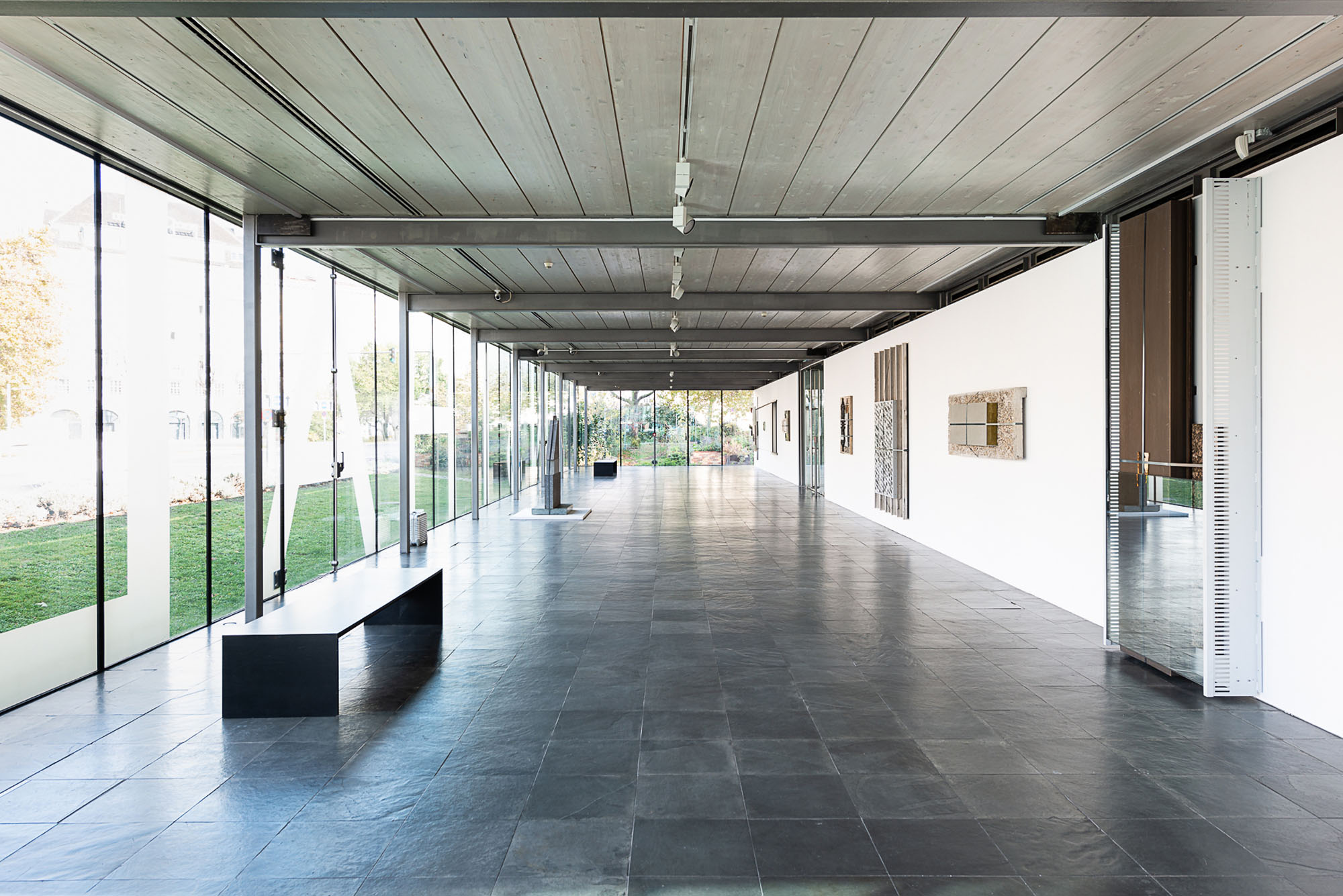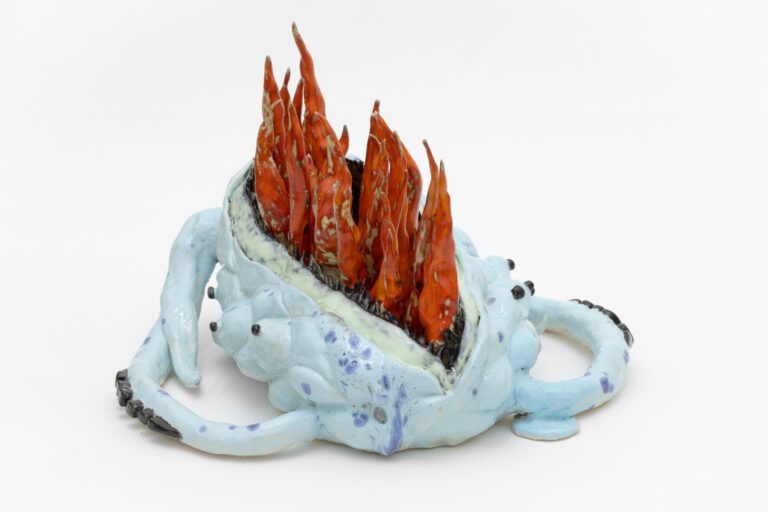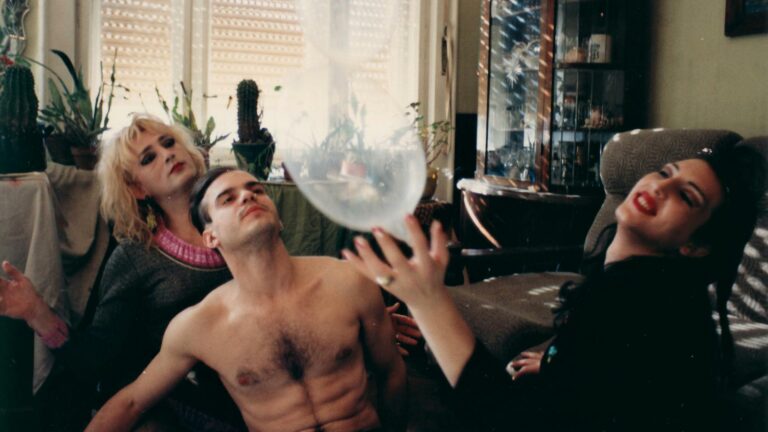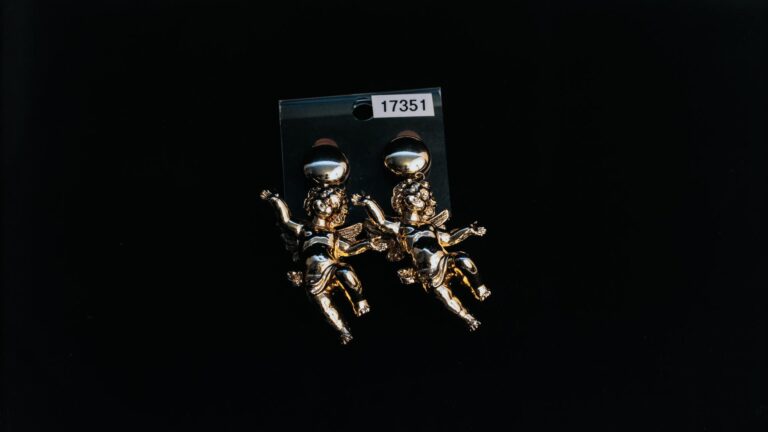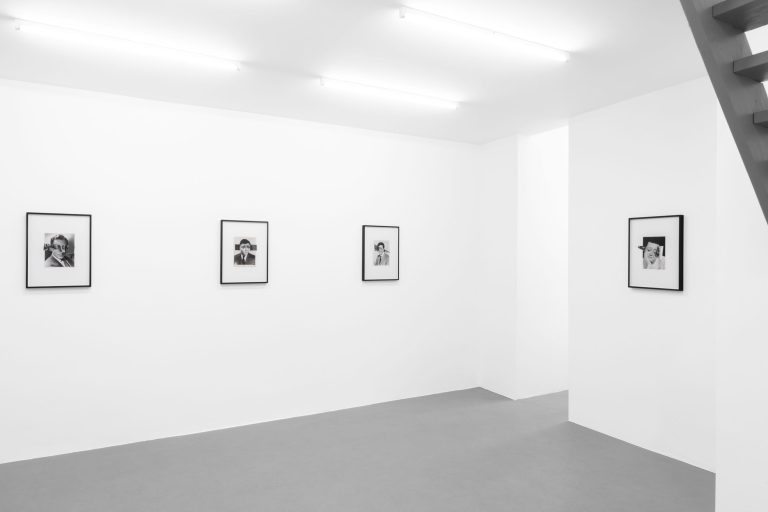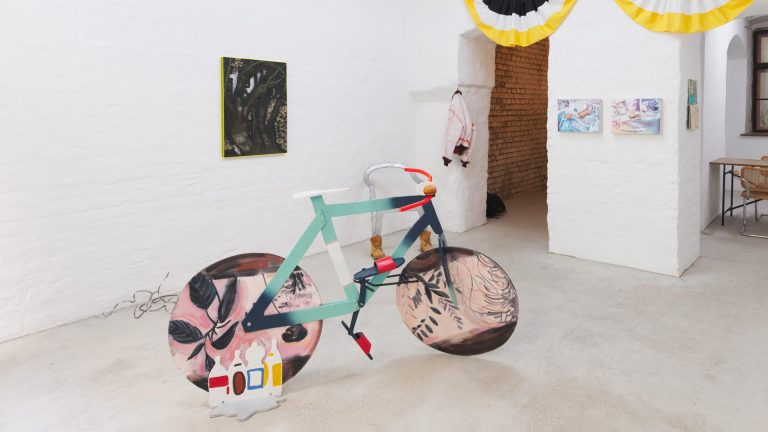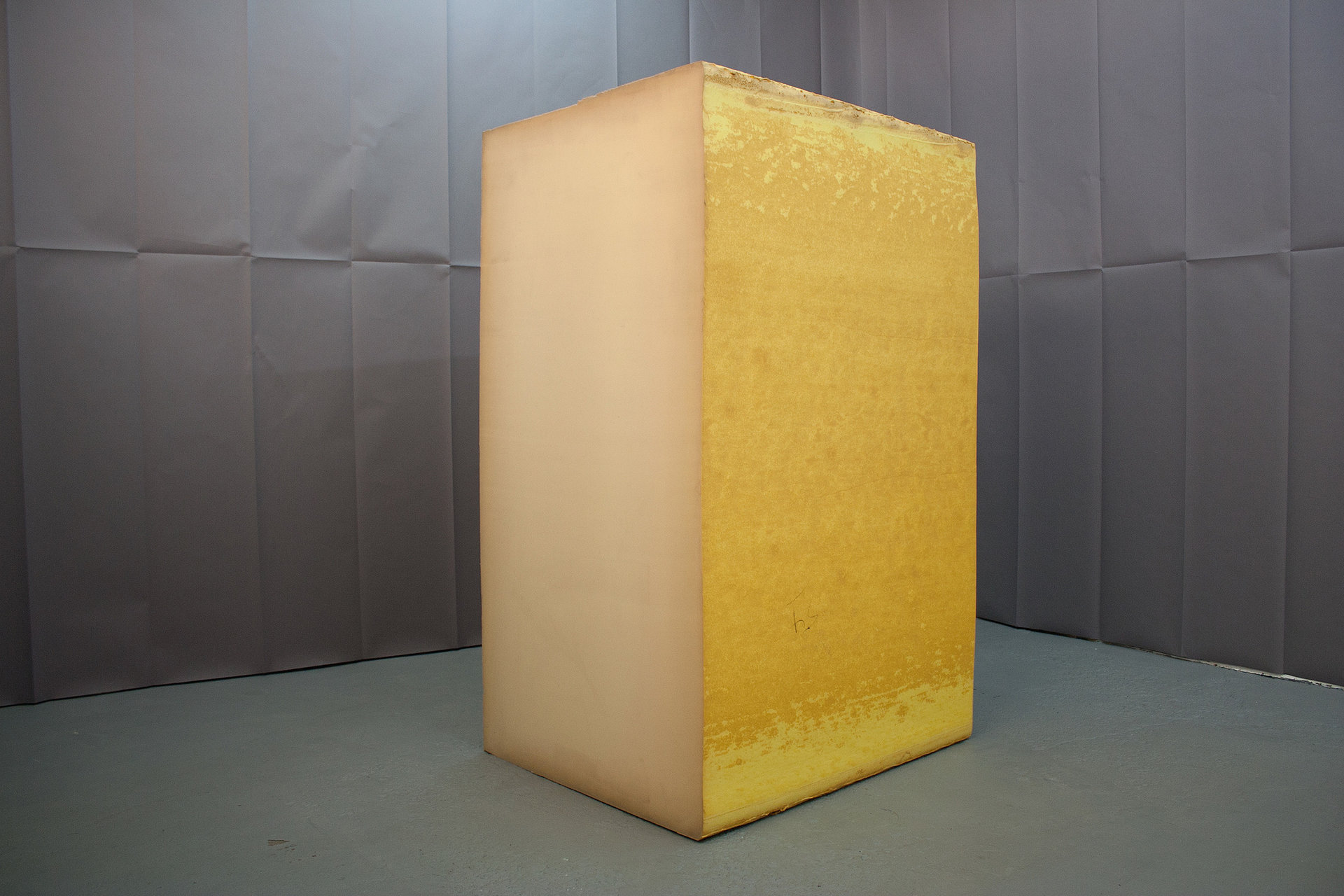Artist: Andreas Fogarasi
Exhibition title: Nine Buildings, Stripped
Curated by: Maximilian Geymüller
Venue: Kunsthalle Wien, Vienna, Austria
Date: November 13, 2019 – February 2, 2020
Photography: all images copyright and courtesy of the artist and Kunsthalle Wien
Note: Exhibition booklet can be found here
Andreas Fogarasi’s art focuses on points of contact between visual culture—fine art, design, architecture—and social reality. What do society, politics, or history “look like”? The city with its manifold surfaces and densely aggregated phenomena is a central object of Fogarasi’s observations. In his two-dimensional works, sculptures, installations, and videos, he scrutinizes the built urban space and its transformations in their political, economic, cultural, and sociological dimensions. He begins his inquiries by homing in on the readily accessible exterior layer, the structural shell and the agents involved in shaping it, and then drills down toward the underlying substance: Where do the deep parameters of a society and time rise to the surface, to the façades of buildings and their visual as well as tactile details? To which extent is an architectonic visuality part and parcel of a larger symbolic order, of a representational system of political and economic states of affairs? These and similar questions outline the field surveyed by Fogarasi’s artistic research and mark key points of departure for his projects.
Nine Buildings, Stripped exemplifies this focus on processes of urban transformation and their manifestation in surfaces. It is a concern on which the more recent architectural history of the exhibition’s venue has obvious bearing. The demolition of the distinctive yellow container- like block of the first Kunsthalle Wien in early 2001 and the glass curtain wall pavilion that now occupies the same site make the institution a perfect showcase (in both senses of the word) for those changes in the urban landscape that are exposed in condensed form in the works on display. The wall-mounted and freestanding “material packages” are composed of original fragments of buildings that no longer exist and samples or parts of the visible exterior of the structures that replaced them or into which they were converted, including façade claddings, floor tiles, fragments of doors, and even complete windows. They present radically abstract portraits of specific urban situations across time, reduced to the materiality, colors, and tactile qualities of the physical shells. The artistic gesture of packaging and strapping, meanwhile, disrupts the aura of authenticity, subjecting the raw material to an additional transformation (into a work of art properly speaking) and adding to each “package” a narrative stratum of meaning between freight, shipment, missive, and gift.
Still, the documentary aspect predominates: the sculptural hybrids are urbanistic example cases whose individual characteristics coalesce into a representative image of an overarching development. The quantitative limitation to nine buildings is of no particular significance, as Fogarasi conceives of his project as fundamentally open-ended and ongoing. Reflecting this global dimension, the selection of objects that were demolished or converted covers a broad range of building functions, volumes, owners, and dates of construction: the materials for the packages were sourced from edifices that housed public administrations and service industries, a railway station, a small block of flats, a movie theater complex, a pedestrian area, and a subterranean passage. Most dated from between the 1950s and the 1980s. The extendibility of the sculptural series, especially in geographical terms, is prominently illustrated by the inclusion of the erstwhile Palace of the Republic [Palast der Republik] in East Berlin and the reconstruction of the Berlin City Palace [Berliner Stadtschloss], which is nearing completion. Among the reference buildings from Vienna are similarly iconic architectures, including the “Rinterzelt,” a municipal waste -collection facility, whose 220-feet-tall silver tent-shaped roof construction was a landmark looming over the city’s northern districts for decades, and the headquarters of a social insurance carrier on Wiedner Hauptstraße, a structure from the 1970s designed by Carl Appel that dominates the artist’s own neighborhood and was one of the first objects he selected. Not one but two works are devoted to Vienna’s South Station [Südbahnhof] which was torn down in 2009/10—the replacement has been one of Vienna’s most significant major construction projects of recent years.
All in all, the exhibition with its wall and floor sculptures sketches the contours of an undertaking that is encyclopaedic in its ambitions, not unlike the photographic typologies of industrial structures compiled by Bernd and Hilla Becher. Fogarasi’s accumulations of materials are contributions toward a comprehensive long-term documentation of architectural practice. The visual and tactile superimposition of phases in the existence of a structure or site—in a physically and formally condensed recreation—yields a vivid portrayal of the complex design decisions behind it: The people, the financial and technological factors, the historical circumstances and the shifting fashions that shaped it. In this manner, Fogarasi’s works are markers and, what is more, embodiments of selected fractures in the concatenated sequence of urban design choices through which larger social, political, and cultural undercurrents emerge into view. Hewing to the documentary register, the artist does not pass value judgments or fetishize the buildings, abstaining from sentimentality as well as activism, though without rigidly excluding the validity of such stances. Fogarasi’s image-objects encourage emotional investment on the part of the viewer and expressly acknowledge that civic protest can be a legitimate response to planners’ alterations of the urban fabric. This is where the political and critical dimension of his project becomes explicit—palpable by the probing consideration of the intellectual and emotional attachments to the city or another territorial unit as a source of identity. The artist displaces the focus of reflection: Whether buildings attain the wide-reaching symbolic power that makes them anchors of identity is a question of form and, more importantly, of materials. The overall cast of architectures, neighborhoods, even entire cities, informs how we relate to them, yet so does, more forcefully, our continual interaction with them, an interaction that involves our entire bodies: The daily acts of traversing, looking at, and touching them. Fogarasi thus also reactivates a traditional conflict within visual art: The question of what defines a cityscape—the skyline or the façade—ultimately ties in with the old rivalry between graphic line and painted surface.
A similar distinction is evident, last but not least, in the titular “stripping.” The removal of façade elements exposing the interiors of buildings is always a twofold intervention, both a concrete physical act and an expanded documentary operation, generating a tension that continues to animate the image in which the components are joined. What we see on the walls and the floor is always both: Images in this space, in addition to spaces rendered in an image. It is a dialectic that imparts an enduring and appealing restlessness to Fogarasi’s fragmentary blocks—between abstraction and concretion, surface and depth, past and present, material reality and pictorial signification.
Andreas Fogarasi (b. Vienna, 1977) lives in Vienna. His work has been presented at institutions in numerous countries: Museo Tamayo, Mexico City; Ludwig Museum, Budapest; New Museum, New York; Kunstverein für die Rheinlande und Westfalen, Düsseldorf; Muzej suvremene umjetnosti, Zagreb; CAC, Vilnius; Frankfurter Kunstverein; and Palais de Tokyo, Paris.
Solo exhibitions (selection): Georg Kargl Fine Arts, Vienna (2017); Proyectos Monclova, Mexico City (2016); MAK Center, Los Angeles (with Oscar Tuazon); Galeria Vermelho, São Paulo; Galerie für Zeitgenössische Kunst Leipzig; Haus Konstruktiv, Zurich (2014); Prefix ICA, Toronto (2012); Museo Reina Sofía, Madrid (2011); Ludwig Forum, Aachen (2010); Lombard-Freid Projects, New York; and in the Hungarian pavilion at the 52nd Venice Biennale (2007), where his work Culture and Leisure [Kultur und Freizeit] earned him the Golden Lion for the best national participation.
Installation view: Andreas Fogarasi. Nine Buildings, Stripped, Kunsthalle Wien 2019, © Andreas Fogarasi & BILDRECHT GmbH, 2019, Photo: Jorit Aust
Installation view: Andreas Fogarasi. Nine Buildings, Stripped, Kunsthalle Wien 2019, © Andreas Fogarasi & BILDRECHT GmbH, 2019, Photo: Jorit Aust
Installation view: Andreas Fogarasi. Nine Buildings, Stripped, Kunsthalle Wien 2019, © Andreas Fogarasi & BILDRECHT GmbH, 2019, Photo: Jorit Aust
Installation view: Andreas Fogarasi. Nine Buildings, Stripped, Kunsthalle Wien 2019, © Andreas Fogarasi & BILDRECHT GmbH, 2019, Photo: Jorit Aust
Installation view: Andreas Fogarasi. Nine Buildings, Stripped, Kunsthalle Wien 2019, © Andreas Fogarasi & BILDRECHT GmbH, 2019, Photo: Jorit Aust
Installation view: Andreas Fogarasi. Nine Buildings, Stripped (Rinterzelt), Kunsthalle Wien 2019, © Andreas Fogarasi & BILDRECHT GmbH, 2019, Photo: Jorit Aust
Installation view: Andreas Fogarasi. Nine Buildings, Stripped (Stock im Eisen), Kunsthalle Wien 2019, © Andreas Fogarasi & BILDRECHT GmbH, 2019, Photo: Jorit Aust
Andreas Fogarasi, Studio View, 2019, © Andreas Fogarasi & BILDRECHT GmbH, 2019, Courtesy the artist, Photo: Kunsthalle Wien
Andreas Fogarasi, Studio View, 2019, © Andreas Fogarasi & BILDRECHT GmbH, 2019, Courtesy the artist, Photo: Kunsthalle Wien
Andreas Fogarasi, Stripping Franz Josef Kai 51, Vienna, 2019, © Andreas Fogarasi & BILDRECHT GmbH, 2019, Courtesy the artist
Andreas Fogarasi, Windowpanes from the Palast der Republik (Collective of the Bauakademie of the GDR 1973-76) in a Berlin cellar, 2019, © Andreas Fogarasi & BILDRECHT GmbH, 2019, Courtesy the artist
Andreas Fogarasi, Sketch 6, 2017, © Andreas Fogarasi & BILDRECHT GmbH, 2019, Courtesy the artist, Georg Kargl Fine Arts, Vienna, Vintage Galéria, Budapest & Galerie Thomas Bernard, Paris






